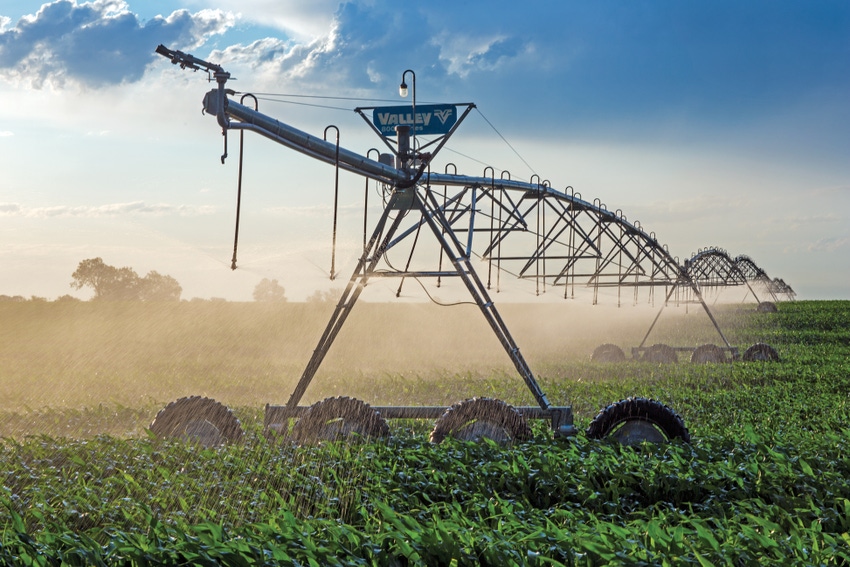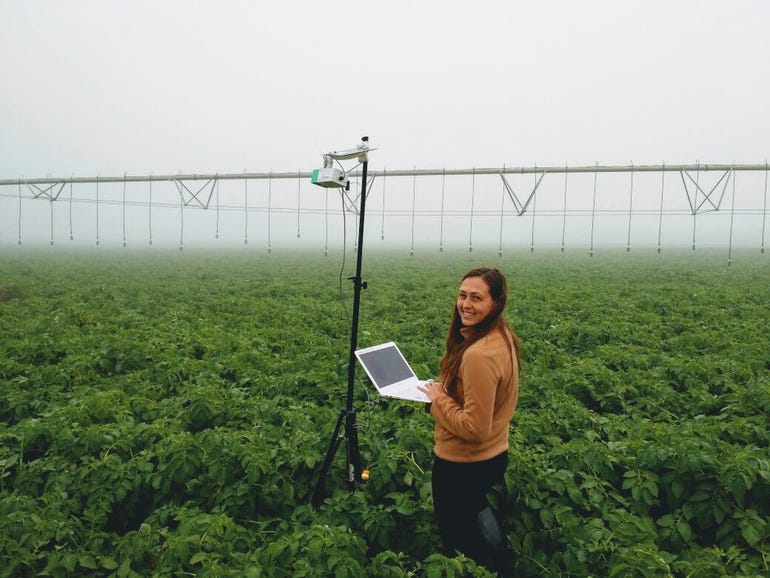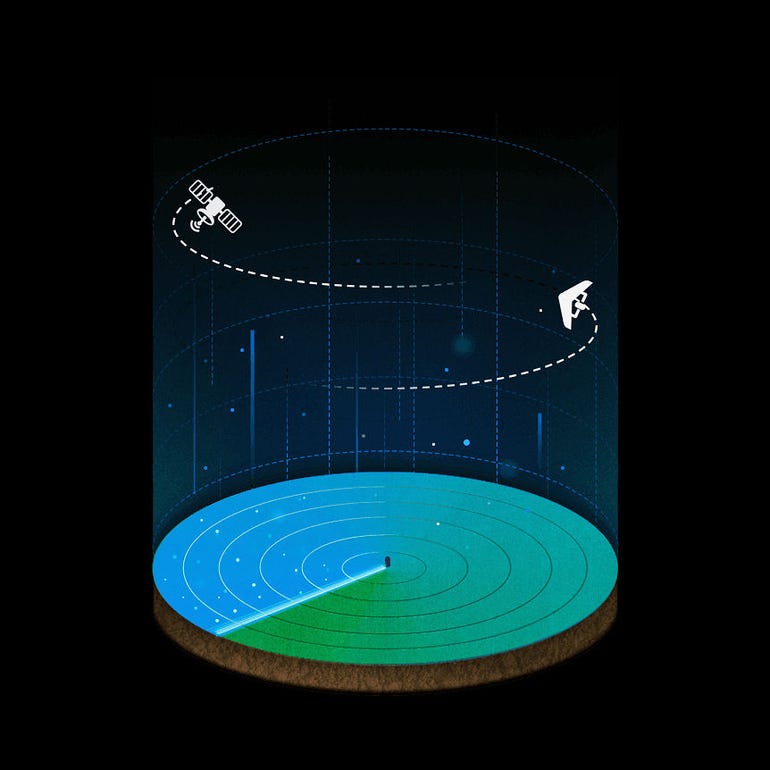
Bright ideas streaming from Silicon Valley often need a partner in the established agriculture world. If you’re looking for an example, consider the marriage between Prospera, a Tel Aviv and Silicon Valley startup, and Valley Irrigation, long-time makers of pivot irrigation systems. This partnership is turning those lumbering iron giant pivots into autonomous robots that alert growers to crop issues, all the while weeding and feeding as needed.

Turning mindless but ubiquitous pivots into data-flush autonomous growing machines started in the greenhouse, says Prospera CEO Daniel Koppel. Company founders looked at the chaotic nature of growing crops in a controlled environment, then began building data-driven systems to fix the chaos, focusing on climate control, soil, and other greenhouse variables. Today Prospera helps hundreds of greenhouses save water and manage plant yield through autonomous irrigation and recommendations based on the company’s algorithms.
The company then looked for a bigger playing field for its tech -- and landed on pivot irrigation. Using crop imagery from planes, satellites and on-pivot cameras, the Prospera system alerts growers to potential disease or insect problems. Ultimately, the pivots will also, optimize irrigation, and eventually, fertilizer and pesticides.
When they were ready to take the service to market, they partnered with Valley, which already had 84,000 connected pivots on 7 million acres. Valley had previously developed a technology that connects their pivots to the cloud, so farmers can monitor and control pivots from anywhere.
“Valley brought their knowledge of the industry and pivots, and how to work with growers,” notes Koppel. “We are bringing the machine learning and artificial intelligence. The partnership made a lot of sense to us from day one.
“When you think of robotics, you have the mechanical side and the intelligence side,” he says. “With pivots, you already have mechanical side. A pivot can manage by itself, you can have variable irrigation and control every nozzle if you add a layer of intelligence. Our partnership provides additional layers of machine learning beyond that.”
After a successful pilot project in Idaho the company decided to go to market this spring, starting with 1 million acres.
Founded in 2014, Prospera has raised $22 million to date from companies like Cisco and Qualcomm. The firm is heavily focused on big data, research and development.

How it works
A lot of things can go wrong during the growing season and farmers can’t scout every field. The Prospera system will detect both mechanical and agronomical problems by looking at imagery from planes, satellites and the pivot itself.
“It may find something simple, like a nozzle that needs to be fixed,” notes Koppel. “On the agronomy side, it might spot patches where there are problems, and alert the grower. It becomes a virtual crop scout.
“The pivot is providing the ground truthing because we’ll see down to sub-millimeter accuracy; the combination of those three data sets will tell the story.”
In future that ground-truthing can be used to calibrate satellites to make data much more accurate.
By next year the company hopes to optimize irrigation by examining plant stress and providing the most efficient solution through irrigation.
“That will be through variable rate fertilizer, water and chemicals through the nozzle,” Koppel says. “With irrigation, it’s understanding what’s going on, analyzing, and then acting. Most growers don’t do chemigation through the pivot; in that case, they’ll be able to take the irrigation recommendations from the pivot and planes, get a map of where to irrigate, and insert it into the sprayer. They’re still getting the crop scouting report from the pivot.”

These are no ordinary cameras attached to the pivots, either. A single pixel Lidar, plus multi-spectral, high resolution RGB cameras provides plenty of information to farmer customers.
“We worked on building something really intuitive for farmers to use,” says Koppel.
About the Author(s)
You May Also Like






